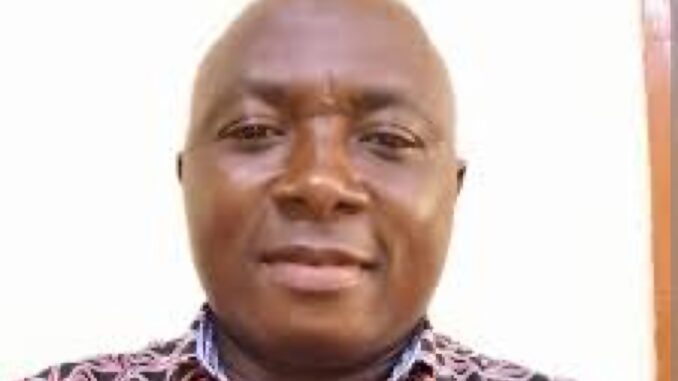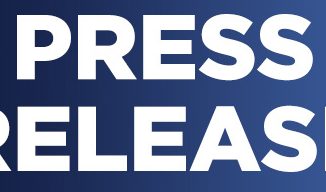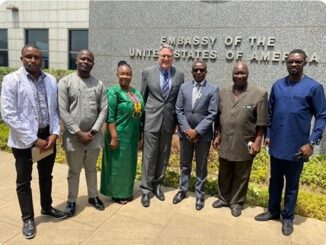
*FROM MANIFESTO TO MAYHEM: WHY PRESIDENT BIO’s ‘NEW DIRECTION’ FAILED TO TRANSFORM SIERRA LEONE*
By Mahmud Tim Kargbo
Friday, 18 April, 2025
When President Julius Maada Bio unveiled his ambitious New Direction manifesto in 2018, it promised a new era of governance—anchored in free quality education, agricultural self-sufficiency, economic diversification, and accountable leadership. It inspired hope among Sierra Leoneans long burdened by entrenched poverty, inequality, and systemic corruption.
Nearly seven years later, however, the gulf between promise and performance has only widened. The country’s trajectory tells a sobering story of stalled reforms, deepening economic distress, and bureaucratic inertia—exacerbated by global economic inequalities, internal contradictions, and externally imposed fiscal restraints.
*Economic Strain and the Collapse of Public Confidence*
Sierra Leone’s fragile economy was severely shaken by the COVID-19 pandemic and the Russia-Ukraine war. These crises disrupted global supply chains, spiked commodity prices, and drove up the cost of living. By May 2023, inflation had soared from 12% in 2021 to over 40%, decimating household purchasing power. The Leone depreciated sharply, further raising import costs and fuelling macroeconomic instability.
This exposed the hollowness of manifesto pledges to reduce import dependence and boost household incomes. The government’s failure to shield the economy from external shocks laid bare structural weaknesses in fiscal governance and an over reliance on foreign imports and aid.
*Global Inequities: A Strangling External Context*
Sierra Leone’s economic turmoil cannot be understood in isolation. Oxfam’s Pandemic Profiteers Exposed report (2023) reveals how multinational corporations amassed record profits during the pandemic. Seventeen of the top 25 most profitable U.S. companies—including Microsoft, Pfizer, and Johnson & Johnson—collectively earned $85 billion above average returns, with windfalls concentrated among elite shareholders.
Meanwhile, countries like Sierra Leone were left economically stranded. Limited fiscal space, delayed vaccine access, and tepid international relief efforts hampered recovery.
*Constraints on Recovery Included:*
Plummeting foreign investment
Debt-to-GDP ratios surging from 76.3% in 2021 to 96.3% in 2022
Delayed access to vaccines and critical medical supplies
Global injustice may have set the stage, but internal mismanagement amplified the crisis.
*The Agriculture Paradox: Importing What We Could Grow*
Agricultural revitalisation—especially rice production—was a central promise of the New Direction. Yet by 2022, Sierra Leone was still importing over $200 million in rice annually. According to the World Food Programme, 81% of households struggled to meet basic food needs.
This wasn’t solely due to global price shocks. The government failed to build infrastructure, integrate smallholder farmers into supply chains, or support local production. The result: a broken promise and worsening food insecurity.
*Protests, Violence, and a Fractured Social Contract*
Mounting hardship and disillusionment reached a boiling point in August 2022. Protests over fuel shortages and skyrocketing prices turned deadly, leaving 27 civilians and six police officers dead. These weren’t isolated incidents—they were rooted in deeper failures of governance, accountability, and citizen engagement.
*Debt, Deficits, and Fiscal Disarray*
Despite pledges of fiscal discipline, the Bio administration oversaw an alarming increase in debt. By 2022, public debt hovered near 100% of GDP, with a fiscal deficit at 9.6%. Much of the borrowed capital funded incomplete or unproductive projects, contradicting the manifesto’s vision of economic sovereignty and entrenching long-term vulnerability.
*Austerity Without Relief: The IMF Trap*
IMF-imposed austerity measures further strangled development. As Stubbs et al. (2021) argue, such policies often exacerbate inequality and hollow out public services. In Sierra Leone, budget cuts targeted precisely the sectors—education, health, and agriculture—that were meant to drive transformation.
The rigid pursuit of macroeconomic balance came at the expense of human development and national autonomy.
*Why Change Failed: Lessons from How Change Happens*
As Duncan Green argues in How Change Happens, true transformation is adaptive, complex, and context-specific. The New Direction approach faltered because it:
Misjudged complexity: Policies were rigid and unresponsive to change
Fell prey to institutional inertia: Patronage and elite capture blocked reform
Failed to adapt: Strategy wasn’t revised based on evidence or citizen feedback
Marginalised civil society: Key actors like Oxfam were sidelined, weakening accountability
The administration’s reform model was ill-suited for the dynamic political and economic terrain it sought to navigate.
*The Illusion of Transformation*
What began as a bold national agenda devolved into a cautionary tale. The New Direction became a symbol—not of change, but of continuity with the very dysfunction it pledged to disrupt.
Its failure exposes the perils of elite-driven politics, inflexible economics, and unaccountable governance. It also reminds us that domestic reform is impossible without simultaneously confronting global injustice and internal dysfunction.
*What Could Have Been Done Differently*
A genuinely transformative approach would have required the following strategic shifts:
1. *Embrace Bottom-Up, Adaptive Governance*
Implement community-driven development models
Establish feedback loops and real-time monitoring
Prioritise grassroots participation in policy design
Reference: Duncan Green, How Change Happens
2. *Push Back Against Harmful Austerity*
Negotiate for flexibility in IMF agreements
Strengthen progressive taxation
Build counter-cyclical fiscal buffers to protect social spending
Reference: Stubbs et al., 2021
3. *Reclaim Agricultural Sovereignty*
Invest in irrigation, storage, and transport infrastructure
Support smallholders with inputs and fair markets
Develop local seed banks and reduce agro-import dependence
Reference: FAO Sierra Leone Agricultural Agenda, 2021
4. *Tackle Corruption and Elite Capture*
Empower an independent anti-corruption commission
Digitize procurement and service delivery
Enforce transparency and accountability measures
5. *Manage Debt Transparently*
Publish all debt agreements
Tie borrowing to national priorities
Develop a debt sustainability strategy
Reference: Debt Justice UK, 2022
6. *Mobilise Domestic Financing*
Improve tax administration and curb illicit flows
Forge public-private partnerships with domestic investors
Establish a Sovereign Wealth Fund for infrastructure and public services
Reference: ActionAid & Oxfam, 2023
7. *Institutionalise Participatory Governance*
Create platforms for civil society, women, and youth
Strengthen local governance and decentralization
Safeguard media freedom and civic engagement
8. *Forge Global Solidarity*
Collaborate with Global South allies on vaccine equity and fair trade
Use AU and ECOWAS forums to advocate for debt relief and climate justice
Reference: Oxfam, Pandemic Profiteers Exposed, 2022
9. *Build Crisis Resilience and Economic Diversification*
Develop national emergency reserves and response systems
Diversify beyond raw mineral exports
Support SMEs and rural entrepreneurship
*Final Thoughts*
The collapse of the New Direction vision was not inevitable. It was the result of strategic missteps, leadership gaps, and an unwillingness to disrupt entrenched power structures—both domestic and international.
Yet, hope remains. Sierra Leone’s future lies in radical transparency, genuine grassroots empowerment, and a fearless commitment to self-determination. That future begins with learning the hard lessons of the past—and choosing a new kind of leadership.
*References:*
Oxfam America. (2023). Pandemic Profiteers Exposed. https://webassets.oxfamamerica.org/media/documents/Pandemic_Profits_Exposed.pdf
Stubbs, T., Kentikelenis, A., & King, L. (2021). Poverty, Inequality and the IMF.
Green, D. (2016). How Change Happens. Oxford University Press.
World Food Programme. (2022). HungerMap LIVE – Sierra Leone.
Government of Sierra Leone Budget Statements (2021–2023).
IMF Country Reports: Sierra Leone (2020–2023).
Debt Justice UK. (2022). The Growing Debt Crisis in the Global South.
ActionAid & Oxfam. (2023). The West is Failing Africa on Financing for Development.
FAO. (2021). Sierra Leone Agricultural Transformation Agenda.





Leave a Reply